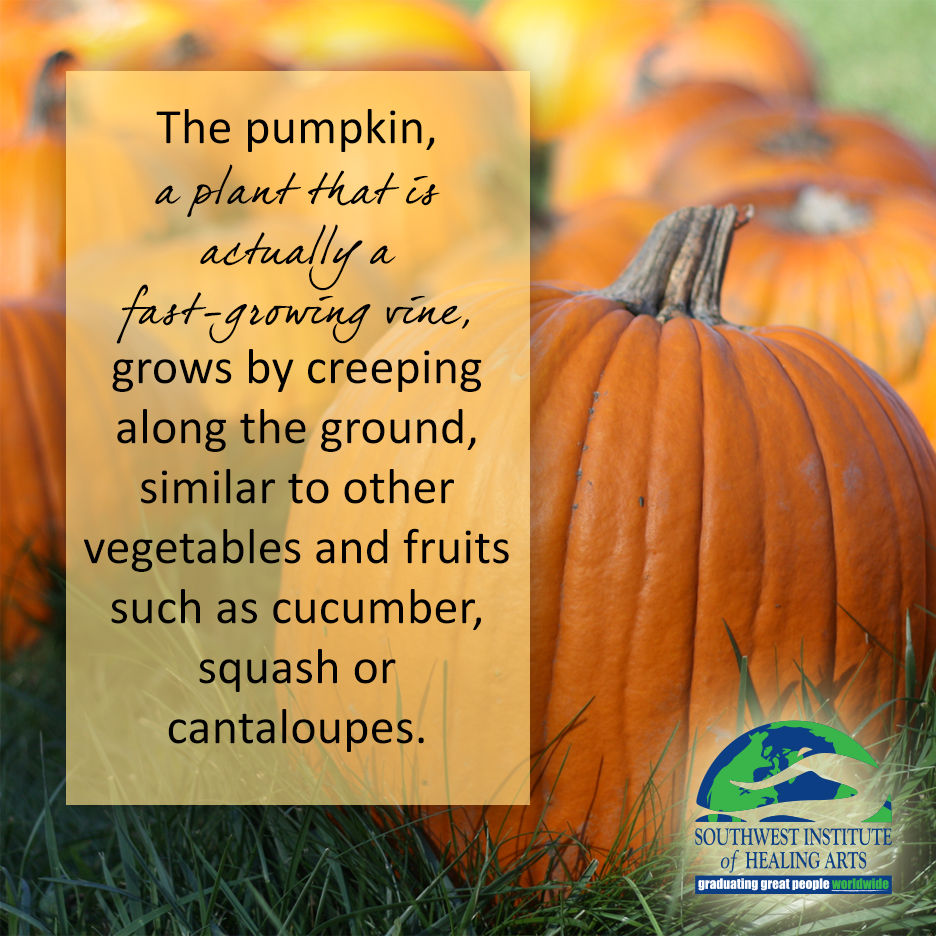by Janet Lee
De-mineralized soil, pesticides, herbicides, toxins, GMO’s, low fat, no-fat, high carb, Vegan, Paleo, Macrobiotic, Raw, and Whole Foods - how do we make sense of it all?!
Instead of feeling like we have to choose a specific diet or way of eating, what if we simply began to make healthier nutrition choices? In honor of March being National Nutrition Month, let’s try to make different choices in order to create a healthier lifestyle. How can healthier choices be beneficial to overall health and well-being?
Here’s a few tips on how to make healthier nutrition choices not only this month, but through the rest of the year.
1. Buy Organic
Foods with the most pesticides lead to minimal nutrients and ill health. By buying organic, overall health and wellness is attained due to the because those pesticides are not being consumed. And we are also not consuming food additives. Food additives are preservatives, artificial sweeteners, colorings and flavorings, and monosodium glutamate, all items that are created and processed, and definitely not healthy for us!
Read More




